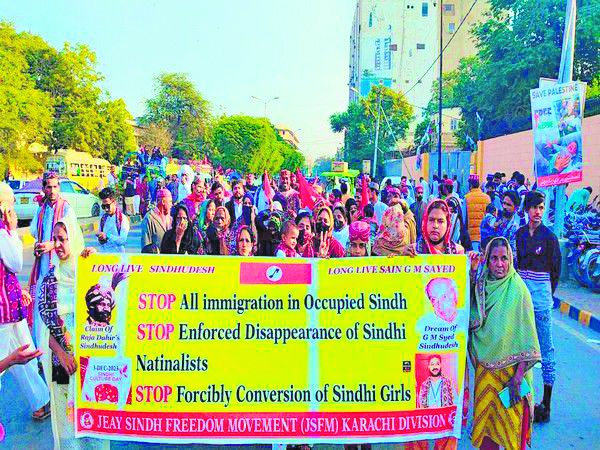A testament to its political dominance and a reflection of a deeper issue
By Rahmatullah Buriro
Sindh—a land rich in culture, history, and political consciousness—stands today at a critical crossroads. The Pakistan Peoples Party (PPP) has governed the province uninterrupted for over 15 years. This longevity in power is both a testament to its political dominance and a reflection of a deeper issue: a disconnect between prolonged governance and tangible public transformation.
Despite this, it would be unfair to entirely dismiss the efforts of the PPP. It has delivered on certain fronts. However, the lack of visibility, consistent communication, and proper projection of its accomplishments has led to public disillusionment. Moreover, the absence of a strong political challenger has created a vacuum where both progress and accountability have slowed. The ruling party, facing little to no credible opposition, has not been pushed to evolve or innovate beyond its traditional political patterns.
The Need for Revolutionary Thinking
In Sindh, revolutionary thinking must not be confused with rebellion or violence. Rather, it should be seen as a constructive, people-centric movement for intellectual, political, and economic liberation. This vision must be rooted in education, awareness, and the assertion of rights. The youth and progressive leaders of Sindh must act as the torchbearers of this new consciousness.
Key steps for cultivating revolutionary thought include:
-
Promoting critical and independent thinking in educational institutions
-
Organizing local-level political debates and public forums
-
Encouraging progressive media and literature to challenge outdated narratives
-
Ensuring that leadership embodies dignity, ethics, and public accountability
Turning Idealism into Reality
Sindh has always been home to ideals—of equality, justice, and freedom. But in today’s context, ideals must transcend rhetoric and manifest in governance. For this, representation, transparency, and participation in decision-making institutions are essential.
What must be done:
-
Political parties must align their manifestos with the real problems of Sindhi society
-
Leadership training institutions should be established to groom young political talent
-
Legislative frameworks must advance human rights, resource equity, and provincial autonomy
Sindh does not just need leaders. It needs publicly accountable and empowered representatives—voices that can echo the aspirations of the people in the halls of parliament and policy.
The Crisis of Public Authority
Despite controlling provincial power for over a decade, PPP’s leadership has not fully utilized its authority to protect and manage Sindh’s key resources—water, gas, coal, oil. A significant leadership gap exists: someone who can rise as a symbol of public strength, vision, and accountability.
To close this gap, we need a robust system of political accountability. Public representatives must be answerable not just to party leaderships but to the people. Think tanks should support these leaders by offering policy ideas, research, and strategic direction. Every elected official should have a reporting system for their constituency, and candidate selection should be based on merit and performance, not personal or party loyalty.
Parliament: The Real Battleground
Sindh’s real arena for rights and progress is the parliament, not the streets. That is where legislation is framed and resources are allocated. If our representatives do not effectively articulate Sindh’s needs, the province’s ideals will remain unrealized.
We must transform parliament into a center for visionary policy-making, driven by informed, confident, and committed Sindhi voices.
The Role of Current Leadership
At this juncture, President Asif Ali Zardari—with his experience in maintaining party unity and enabling youth leadership—holds a unique position. The PPP, under his guidance, has the opportunity to translate political control into public trust. But this will only happen if the current leadership in Sindh plays an active, reform-oriented, and people-first role.
Public goals can only be achieved when public confidence is restored through transparent governance, inclusive policies, and the visible presence of leadership in the lives of common people.
Conclusion: A Call to Action
The path to transformation lies not in protest slogans alone but in active, parliamentary, and strategic engagement. The youth, intellectuals, and citizens of Sindh must come together to redefine their future. Let this generation be the one that stands up and says:
“We transformed Sindh with our own hands.”
The dream of a better Sindh is alive—but it needs vision, resolve, and power to make it real.


